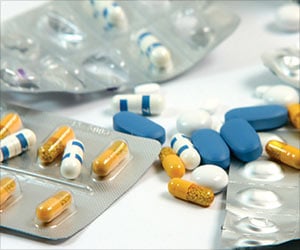Scientists at San Diego claim to have developed two dozen novel compounds from which new designer drugs might be developed to combat Avian flu.
Scientists at the University of California, San Diego claim to have isolated more than two dozen promising and novel compounds from which new "designer drugs" might be developed to combat Avian flu.
The researchers say that they made this advancement using resources at the San Diego Supercomputer Center (SDSC), also at UC San Diego.According to them, the compounds seemed to be equal or stronger inhibitors than currently available anti-flu remedies in certain cases.
"If those resistant strains begin to propagate, then that's when we're going to be in trouble, because we don't have any anti-virals active against them. So, we should have something as a backup, and that's exactly why we're working on this," said Rommie Amaro, a postdoctoral fellow in chemistry at UC San Diego.
J. Andrew McCammon, holder of the Joseph Mayer Chair of Theoretical Chemistry at UC San Diego and a Howard Hughes Medical Institute Investigator, said: "In light of the urgency to find drugs to combat this virus, we're hopeful that our results will assist in that effort."
Writing about their work in the Journal of Medicinal Chemistry, the researchers have revealed that their work builds on prior work that captured the nanosecond-by-nanosecond movements of a protein called neuraminidase 1 (or N1), needed by the avian flu virus to spread infection to new cells.
During the study, the researchers conducted a "virtual screen" of an ensemble of 1,883 compounds selected from the National Cancer Institute Diversity Set, using a computational tool called AutoDock that predicts how small molecules, such as drug candidates, bind to a receptor of a known three-dimensional structure.
Advertisement
The researchers also screened five other compounds known to experimentally bind to avian influenza N1, including drugs now available or in clinical trials.
Advertisement
Amaro said that some of the compounds thus identified looked like particularly good candidates, as they bound to both the regular active site and an additional side pocket that opened during the computer simulation.
"The general idea is that we will be able to make a better drug through the strategic targeting of multiple active site pockets," said the researcher.
The researchers now have plans to test these compounds in their laboratory to determine their efficacy against the virus, and experts at The Scripps Research Institute in La Jolla will lead the study.
Source-ANI
SPH









